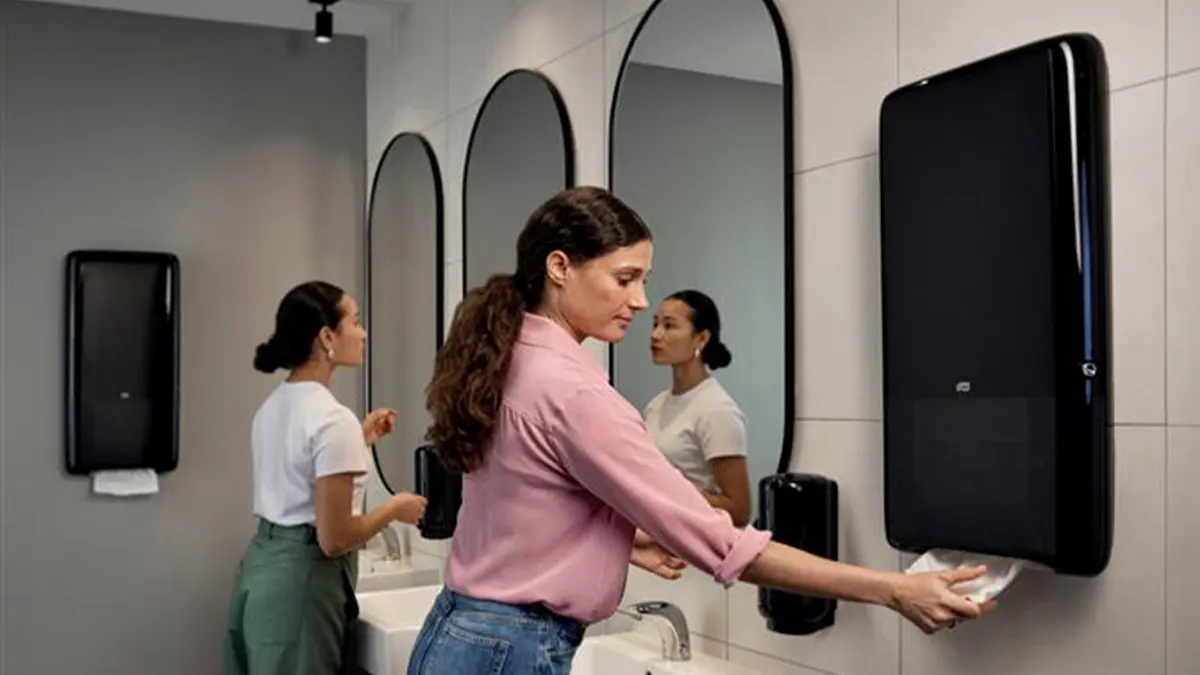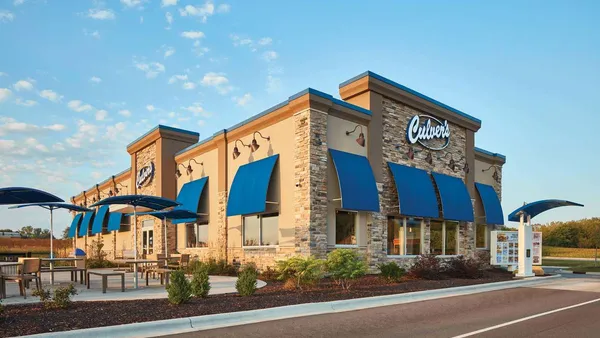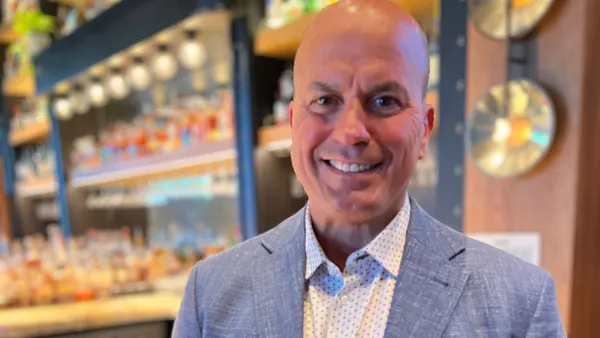Imagine losing loyal guests not because of your menu or service, but because of a single restroom visit. It is a reality for many US restaurants, according to new research from Tork. While operators often focus on the dining room, the state of the restroom is influencing whether guests return, how long they stay and even what they spend.
A guest’s decision starts in the restroom
When restaurant-goers were asked what shapes their experience, cleanliness emerged as a clear priority. A recent global survey conducted by Tork, which included 11,500 people across 11 countries, found that restroom hygiene is a deciding factor for nearly half of respondents. In fact, 52% of people take action after encountering a poor restroom[1], such as cutting their visit short or warning others to stay away.
Take a closer look at the numbers:
- 28% have spent less time at a venue due to restroom conditions
- 23% intentionally limit their food and drink to avoid using the facilities
- 11% share negative word-of-mouth and 7% post poor online reviews
These reactions are often triggered by restrooms that fall short on basic expectations: guests are most likely to avoid restrooms they perceive as unhygienic, those with unpleasant odors, missing soap or toilet paper or a lack of privacy.
Gap between intention and reality
Restaurant leaders overwhelmingly agree on the importance of restroom hygiene – 92% say it is a top priority. Yet, there is a disconnect: 57% of people still feel most public restrooms are unhygienic[2], and only 20% of facilities actually meet their standards. This perception gap is costing businesses, not just in guest satisfaction, but in actual revenue and reputation.
Emotions run high when standards are not met. Guests commonly report feeling disgusted, uncomfortable or frustrated after a disappointing restroom visit – sentiments that can quickly translate into lost business.
Sustainability and smarter hygiene for today’s market
In addition to cleanliness, today’s guests and staff are increasingly aware of sustainability. According to research from Tork, 75% of restaurant employees agree that everyday hygiene items like wipes, napkins and towels generate too much waste[3]. The challenge is clear: how can restaurants deliver on hygiene while also reducing environmental impact and controlling costs?
Smart product choices help. For instance, the Tork Xpressnap Fit® dispenser offers one-at-a-time napkin dispensing, reducing unused napkin waste by up to 47%. Fewer refills mean less labor and less waste to manage. Sustainable packaging is also advancing – 90% of Tork packaging is already made from renewable, recyclable resources, with a goal of 30% recycled content in plastic packaging and 100% recyclability by 2025.
Small changes, big returns
It is not always about overhauling your entire operation. Incremental improvements – like using controlled dispensers, selecting products made from recycled or sustainably sourced materials, and ensuring restrooms are reliably stocked – can make a noticeable difference for both guests and staff.
Restaurants that prioritize these details stand out in a crowded market. The message is simple: when hygiene and sustainability are visible priorities, guests notice, and they are more likely to return.
If you are ready to turn restroom hygiene into a competitive advantage, explore how Tork professional hygiene solutions can support your business goals at torkglobal.com.
[1] Tork Insight Survey 2025, conducted in US, UK, Germany, France, Mexico, Canada, Australia, Spain, Sweden, Netherlands and Poland among 11,500 from the general public and 1,000 cleaning staff
[2] Tork Insight Survey 2024, conducted in US, UK, Germany, France and Mexico among 6000 end-users and 900 businesses.
[3] Based on third-party market research in the USA and Europe, 2020.










